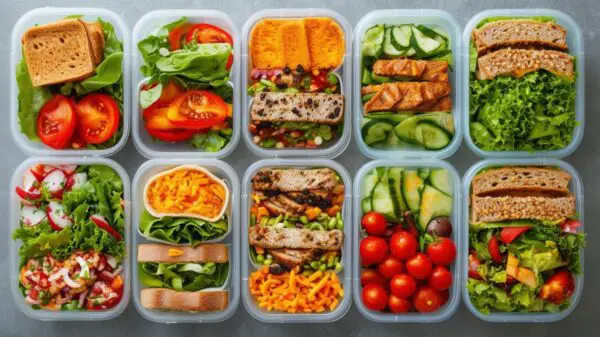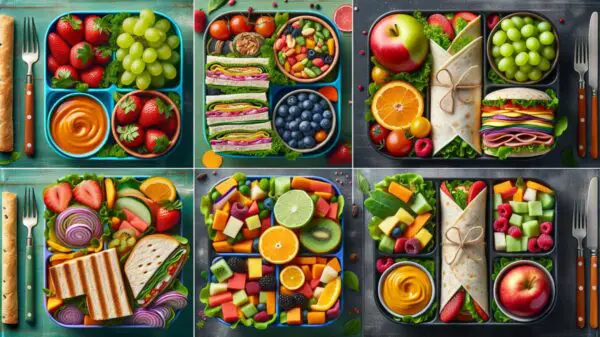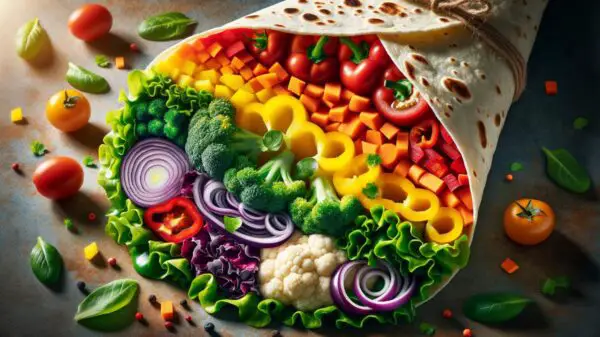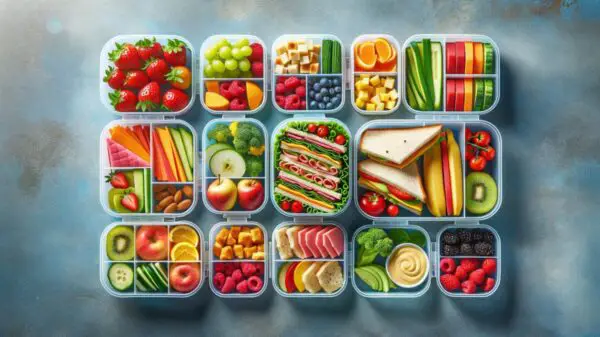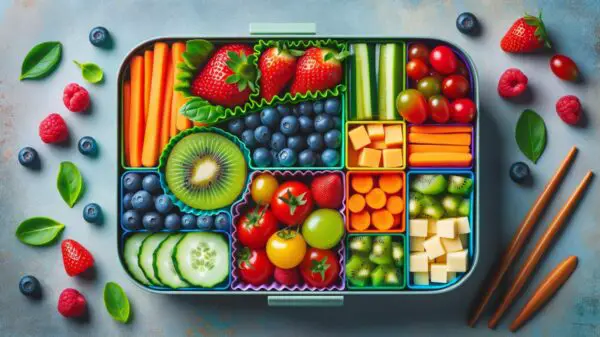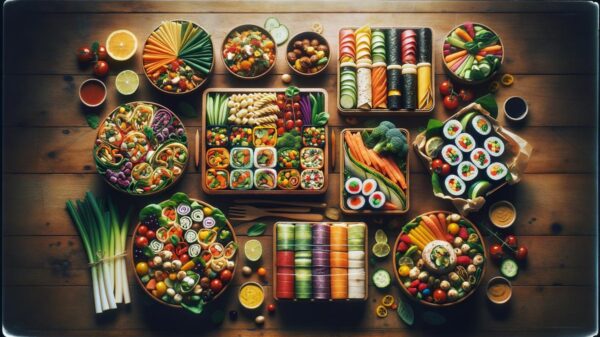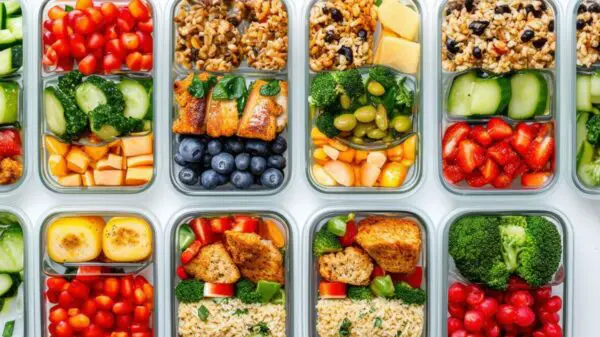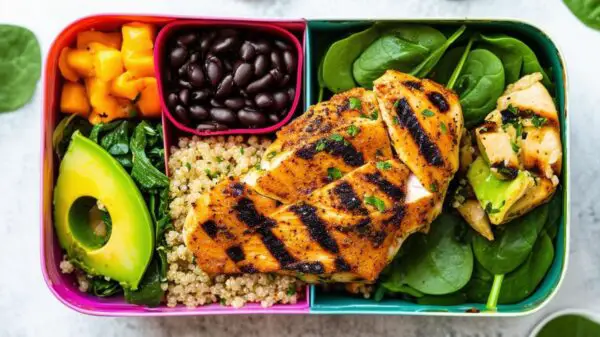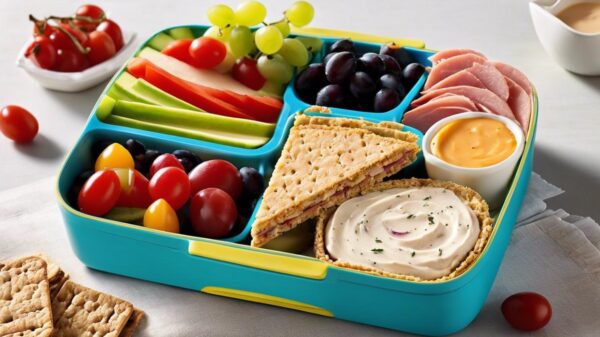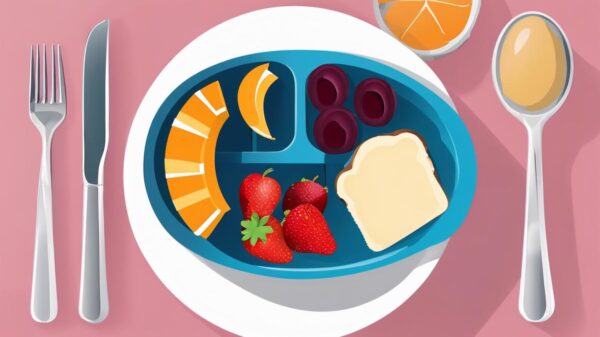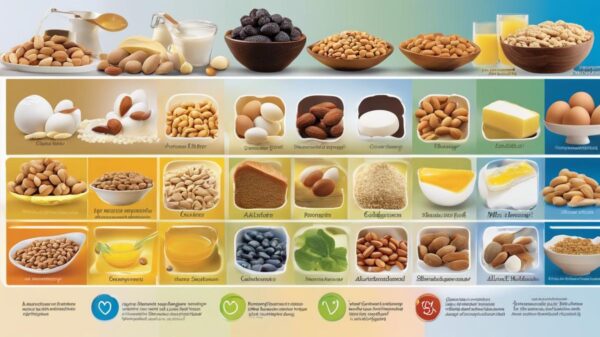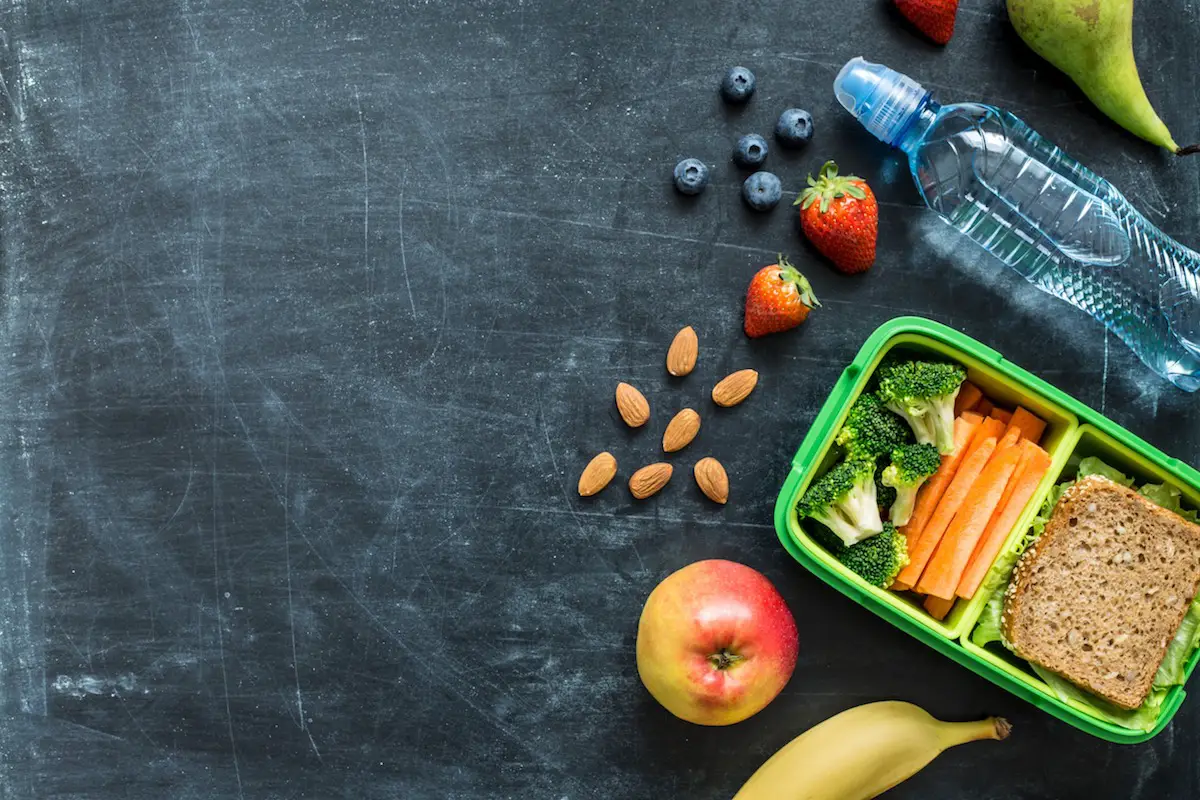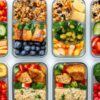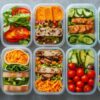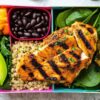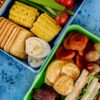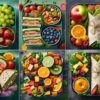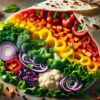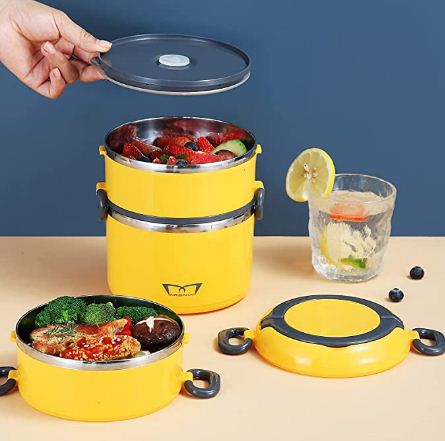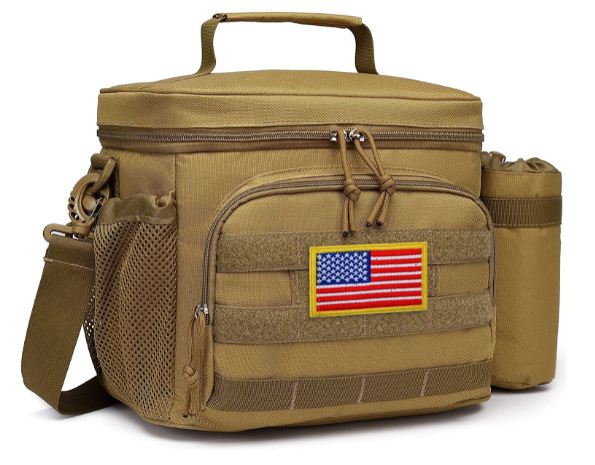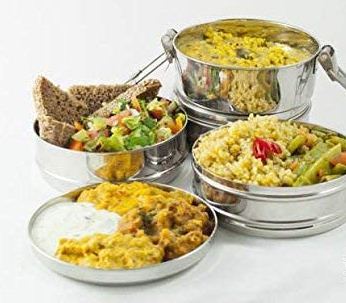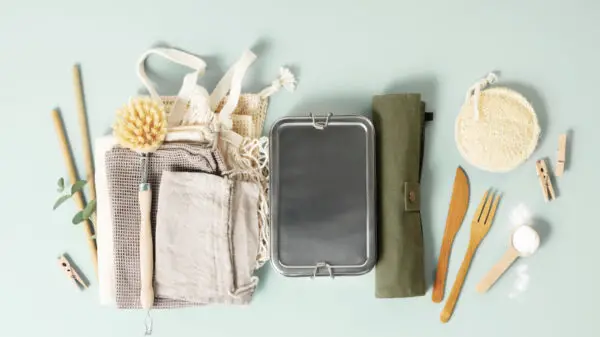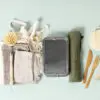Packing a Lunch Box for a Long Flight
When embarking on a long flight, it’s important to plan ahead and ensure you have everything you need to make your journey comfortable and enjoyable. One essential aspect to consider is packing a well-balanced lunch box that caters to your dietary preferences and keeps your energy levels up throughout the flight. In this article, we will guide you through the process of packing a lunch box for a long flight, covering everything from choosing the right container to complying with Transportation Security Administration (TSA) guidelines.
Importance of Packing a Lunch Box for a Long Flight
Packing a lunch box for a long flight offers several benefits. Firstly, it allows you to have control over the quality and content of your meals, ensuring you consume nutritious foods that support your well-being. Secondly, it can save you money by avoiding overpriced and often unhealthy in-flight meal options. A couple of other reasons why you should pack your lunch for a flight are that you can customize your meal according to your dietary restrictions and to your personal tastes and preferences. Lastly, the convenience of having your favorite snacks and beverages readily available can contribute to a more pleasant and stress-free travel experience.

How to Pack a Lunch Box for a Long Flight
Packing a lunch box for a long flight requires careful consideration of the food items that will remain fresh and enjoyable throughout the journey. Here are the steps to help you pack a delicious and satisfying lunch box for your long flight:
1. Plan Your Meals Ahead
Before your flight, take some time to plan your meals and consider the duration of the journey. Ideally, aim for a combination of protein, complex carbohydrates, healthy fats, and fiber-rich foods to keep you satiated and nourished. Plan a meal that is easy to assemble, doesn’t require refrigeration, and can withstand the travel duration without spoiling.
2. Choosing the Right Container
When it comes to selecting a lunch box container, there are a few factors to consider. Opt for a sturdy, leak-proof container that will protect your food during transit. Look for one with multiple compartments or dividers to keep different food items separate and prevent them from becoming soggy or mixing flavors. Additionally, choose a container that is compact and fits well in your carry-on bag. Also, if you want to pack perishable items that need to be kept cool, use an insulated lunch bag or include an ice pack to maintain a safe temperature.
3. Select a Variety of Nutritious Foods for a Balanced Meal
To ensure you stay energized and satisfied during the flight, it’s crucial to select nutritious foods that are packed with essential vitamins, minerals, antioxidants, and other nutrients for your lunch box. Include a variety of food groups such as lean proteins, whole grains, fruits, and vegetables. Consider packing items like grilled chicken wraps, whole wheat sandwiches, fresh salads, or pasta salads with colorful vegetables. Some other excellent options include sliced apples, carrots, grapes, berries, cherry tomatoes, and cucumber sticks. These options provide essential nutrients while keeping you feeling full and satisfied.
When planning your lunch box contents, aim for a well-balanced meal. Include a mix of carbohydrates, proteins, and healthy fats. Carbohydrates provide energy, proteins help to keep you full for longer, and healthy fats contribute to satiety and overall well-being. For instance, you can include whole grain crackers, hummus, sliced turkey, baby carrots, and a piece of fruit. This combination offers a good balance of nutrients.
4. Customize Your Lunch Box, Especially for Special Diets
Personalization is key when packing a lunch box for a long flight. Tailor your choices to your own preferences and dietary needs. Consider the flavors you enjoy, the portion sizes that satisfy you, and any dietary restrictions you have. For individuals with food allergies or intolerances, it’s crucial to avoid any potential triggers. Consider packing gluten-free options, dairy-free alternatives, or vegan and vegetarian choices depending on your needs. Preparing your own meals ensures you have full control over the ingredients and can enjoy your journey worry-free. By packing your favorite foods and snacks will make the experience more enjoyable and help you feel at ease during the journey.
5. Pack Snacks – Packing for Convenience
While packing your lunch box, keep convenience in mind. Opt for foods that are easy to eat and don’t require much preparation to ensure a pleasant experience for yourself and your fellow passengers. So avoid packing foods that are messy or have strong odors, such as soups or dishes that require utensils. Instead, choose finger foods or items that can be easily eaten with a fork or spoon. Opt for items that are easy to eat with minimal mess, such as sandwiches, wraps, or neatly portioned salads. Also, pre-cut fruits and vegetables, trail mix, granola bars, and dark chocolate are all great snack options for hassle-free consumption during your flight.
6. Stay Hydrated
Staying hydrated during a long flight is crucial. Pack a refillable water bottle or purchase one after passing through security. Avoid sugary drinks and opt for water, herbal tea bags, instant coffee, or flavor packets to add variety to your beverage choices. Also, consider including hydrating foods like cucumber slices, watermelon cubes, or celery sticks in your lunch, as they contain high water content and contribute to your overall hydration.
7. Pack Utensils and Napkins
Remember to include a set of utensils like a plastic knife, fork, and spoon, depending on your meal choices. Pack napkins or wet wipes for easy cleanup.
8. Check for Restrictions
Before packing any food items, familiarize yourself with the airline’s regulations on bringing outside food. Some countries may have restrictions on certain types of foods, so it’s always best to check beforehand.

Packing the Lunch Box Effectively
To make the most of the space in your lunch box, follow these effective packing tips:
- Utilize small containers or resealable bags to save space.
- Pack items tightly to avoid shifting and potential damage.
- Place heavier items at the bottom of the lunch box to prevent crushing lighter items.
- Use dividers or silicone cupcake liners to separate different food items.
- Consider using collapsible or stackable containers to optimize space.
- Pack utensils, napkins, and wet wipes separately for easy access.
By employing these packing techniques, you can maximize the available space and ensure your lunch box is well-organized for your journey.
Tips for Keeping Food Fresh
To ensure the freshness and quality of your packed food, follow these tips:
- Use ice packs or freeze a water bottle to keep perishable items cool.
- Wrap foods tightly to prevent air exposure and maintain freshness.
- Avoid packing foods with strong odors to respect fellow passengers.
- Place delicate items on top to prevent crushing during travel.
- Consider using resealable bags or small containers for snacks and condiments.
By taking these simple precautions, you can enjoy your in-flight meal without compromising on taste or freshness.
Safety Precautions
When packing your lunch box for a long flight, it’s essential to prioritize food safety. Keep the following guidelines in mind:
- Ensure all perishable items are properly refrigerated before packing.
- Use clean utensils and cutting boards when preparing your meals.
- Wash fruits and vegetables thoroughly before packing them.
- Avoid packing foods that are prone to spoilage or bacterial growth, such as raw meats or dairy products.
- If you have any doubts about the freshness or safety of a food item, it’s better to err on the side of caution and leave it out.
Taking these safety measures will help prevent any potential foodborne illnesses and ensure a pleasant journey.
TSA Rules to Follow When Packing Your Lunch Box
While packing a lunch for a flight, it’s important to be aware of potential ways that your meal could violate TSA guidelines. Some common violations include packing liquids or sauces in containers larger than 3.4 ounces, exceeding the limit on gel or cream-based foods, carrying oversized fruits or vegetables, including prohibited items like sharp knives or metal cutlery, or failing to properly separate liquids in a quart-sized plastic bag. Ignoring these guidelines can result in delays during security screenings or even confiscation of items. Therefore, it’s crucial to familiarize yourself with TSA regulations and ensure that your packed lunch adheres to their guidelines to ensure a smooth travel experience.
Conclusion
Packing a lunch box for a long flight is a practical and enjoyable way to ensure you have a satisfying meal while traveling. By choosing the right container, selecting nutritious foods, and considering special diets, you can create a meal that caters to your preferences and dietary needs. Remember to pack snacks, stay hydrated, and include entertainment options to make your journey more comfortable and entertaining. Also remember that while packing a lunch box for a long flight is essential, it’s equally important not to neglect your dental care. Remember to brush your teeth before the flight and consider carrying a travel-sized toothbrush and toothpaste to freshen up during the journey. Regular visits to the dentist ensure a healthy smile, so schedule a check-up before your trip to address any oral concerns and maintain optimal dental hygiene. Thanks for reading!

